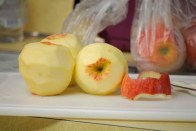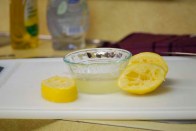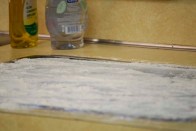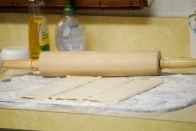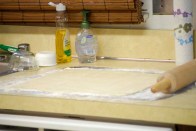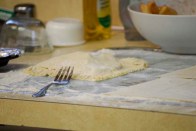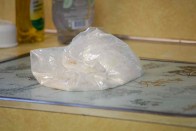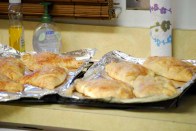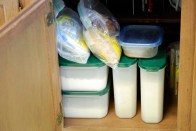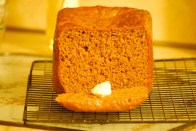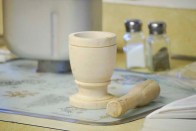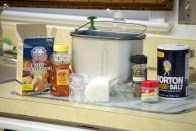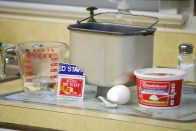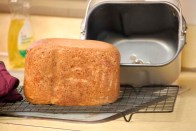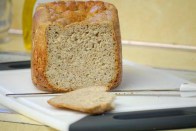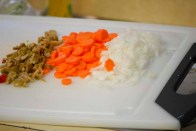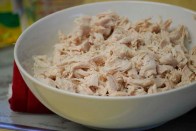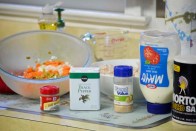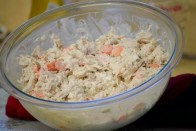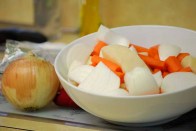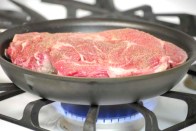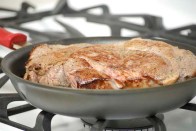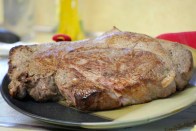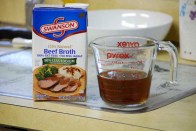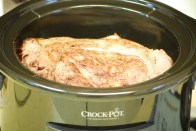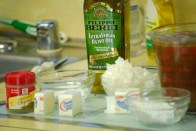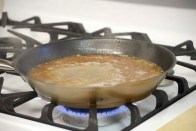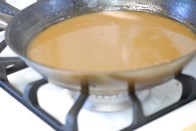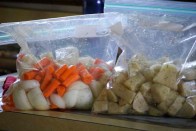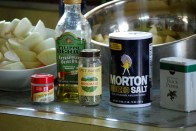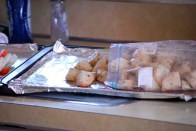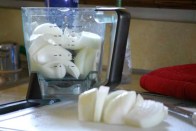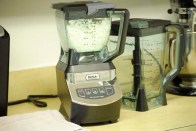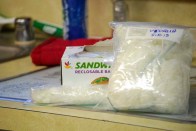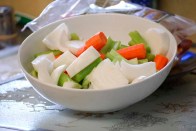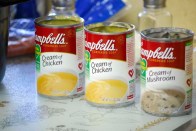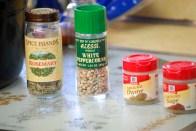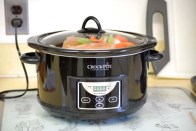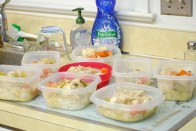Hi All,
Most of my previous posts have been about cooking or my 1900 house rehab. But today I just want to catch you all up and tell you why I haven’t posted any more on those topics. And I just feel like talking. Yes, I went to work today and talked alot – about business and a bit about how co-workers backstab, management stinks and – you know – normal office stuff. Although I did find out one of my coworkers had been a aviation navigator – I thought there was something ultra cool about him – besides him being pretty hot. Hey – I’m a grandma, not dead LOL. Sat beside another cutie on a recent air plane ride. I’ll remember those blue eyes for a while. We had a nice conversation over a couple of Jim and Cokes.
Annywhoo – I haven’t posted any more cooking articles because 1) I went out of town for July 4th and didn’t cook (cocktails don’t count) 2) I’ve had a bad cold (finally going to doctor tomorrow) 3) My kitchen is now super hot.
I did try another variation on the Onion Dill Rye bread using 2 cups rye flour and 1 cup white flour. It was horrible. I’m not sure what caused the trouble — but I threw it away. I also made my famous potato, onion and chicken sausage dish. It was great as usual but I forgot to take the pics for the blog post. I’m blaming both failures on my cold.
My kitchen — whole house really — is super hot. I currently rent a huge pile of bricks that was built in 1954. The air conditioner doesn’t cut it in the middle of the summer – and with it being 95ish out now, well, the kitchen is a torture chamber. I may not cook much at all until September. We’ll see.
My 1900 rehab house – the drywall is done, the front porch foundation is patched but the boys left a hole in the basement foundation. Argh. So some rain got in the basement — not terrible but with the drywall done, I certainly am worried about my investment being ruined due to mold. I’m not pleased about that. They want to put in a sump pump because the basement is wet. Hmmm. And there is still a cat in there somewhere — I saw its paw prints in the drywall dust. Not pleased with that either. The boys say they’ll take a trap over to try to catch it (humanely of course!).
I just received a new assignment at work (after being passed over for a promotion – but I’m not bitter). I actually get to do both jobs for a while until a new person can take over my current duties. So – the new job will be much better I think. I’ve also applied for another job that just might (fingers crossed) move me closer to my 1900 house. Wouldn’t that be awesome? I just keep saying to myself – sometimes you don’t get what you want, you get what you need.
Humph right – why is it that what I need is never what I want? Weird.
One last thing – I’ve been waiting seven months for my divorce to be final — will it never end? Lawyers Argh
My first divorce took 6 weeks – this one — seven months — seriously? Both no-fault, different states. Ridiculous
Thanks for listening!

